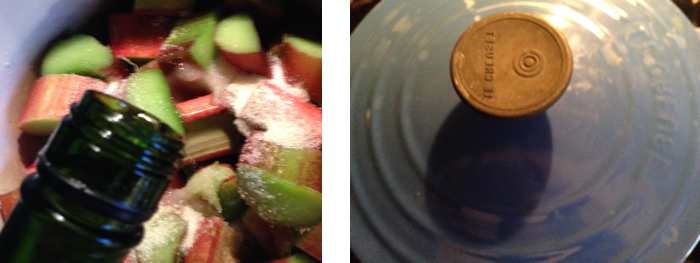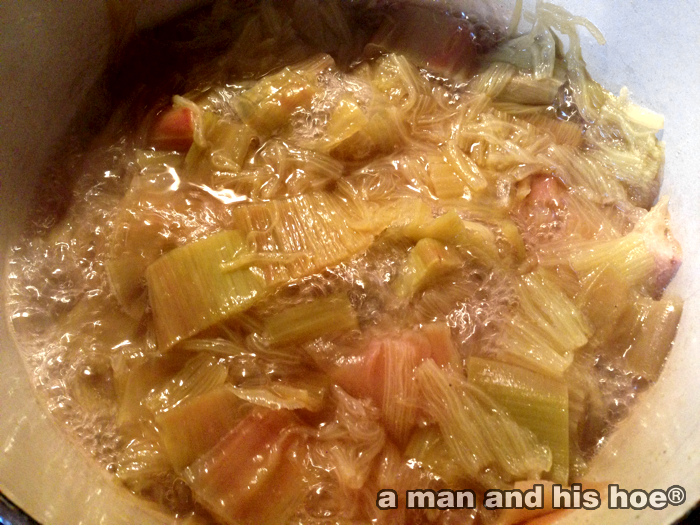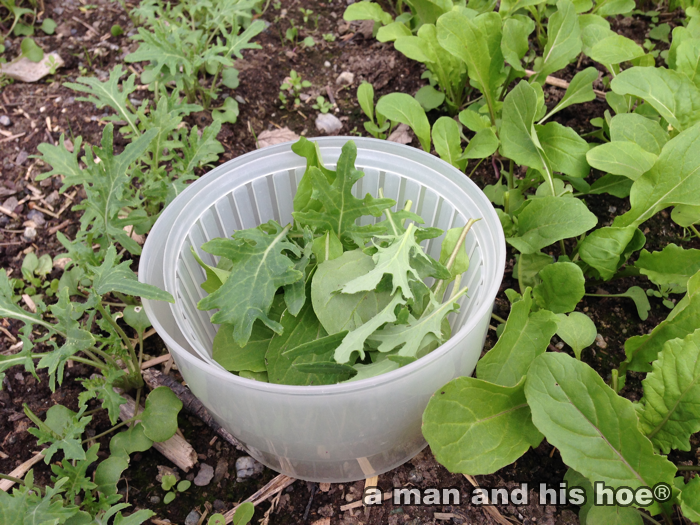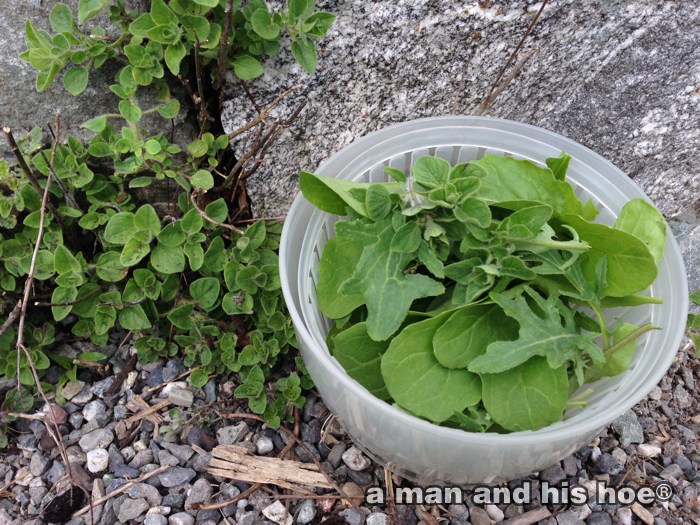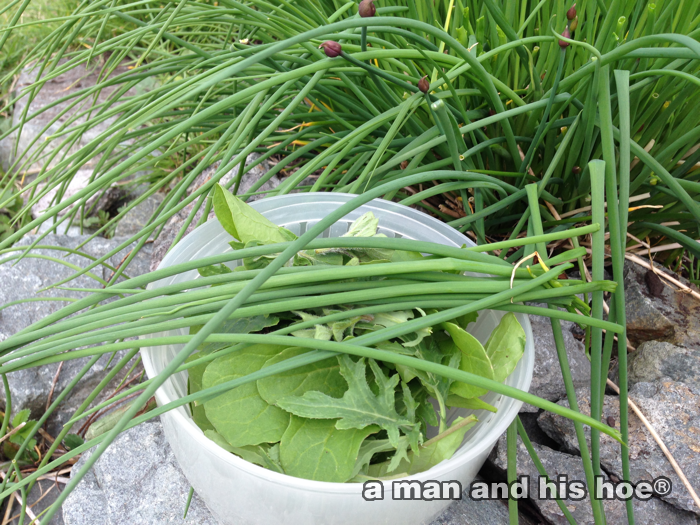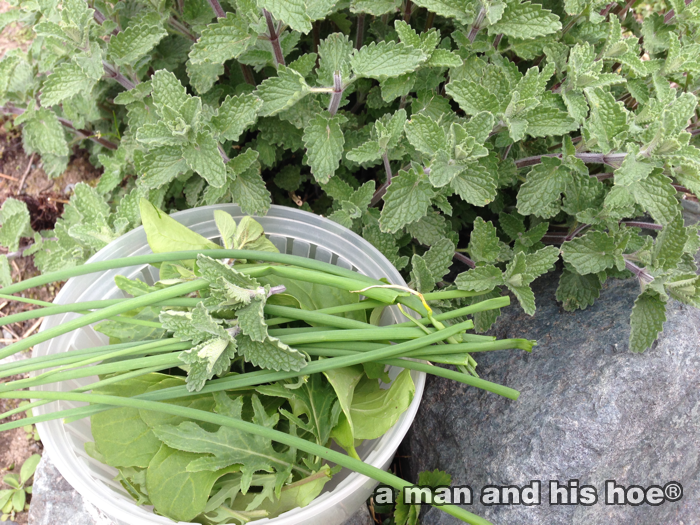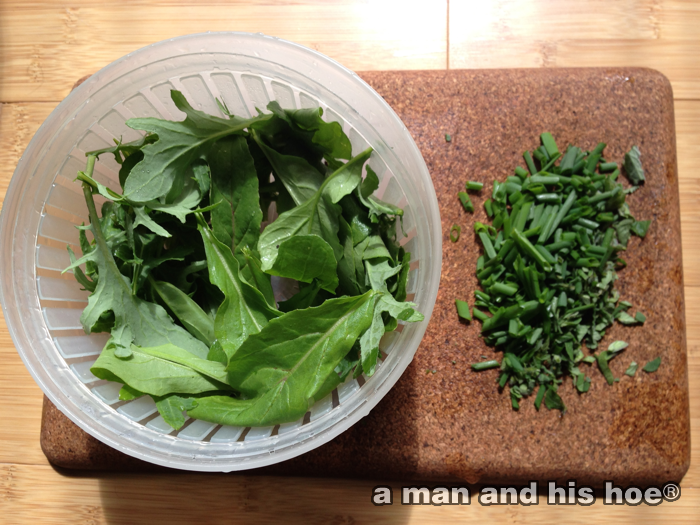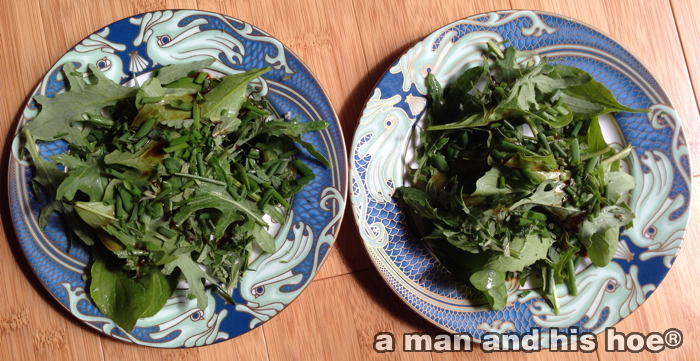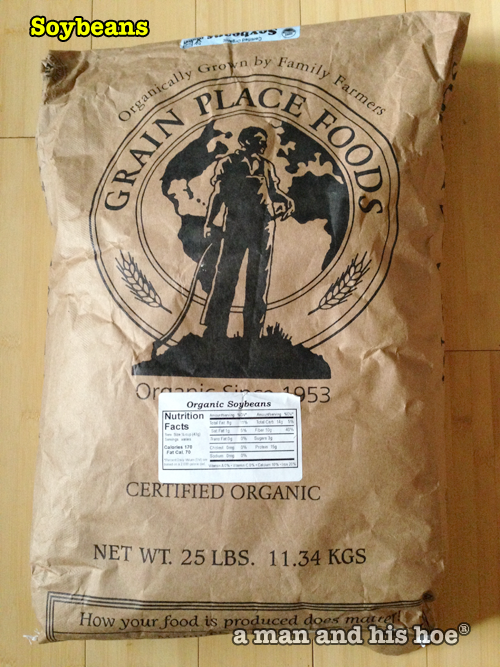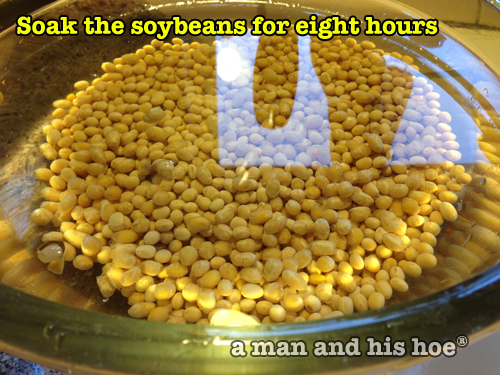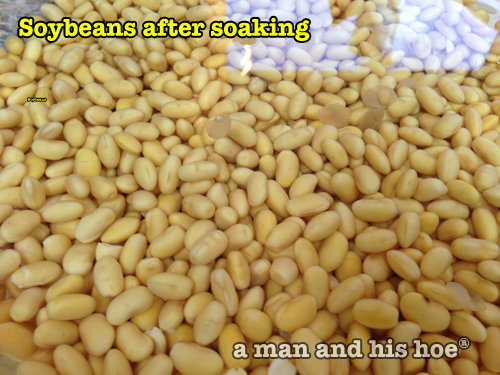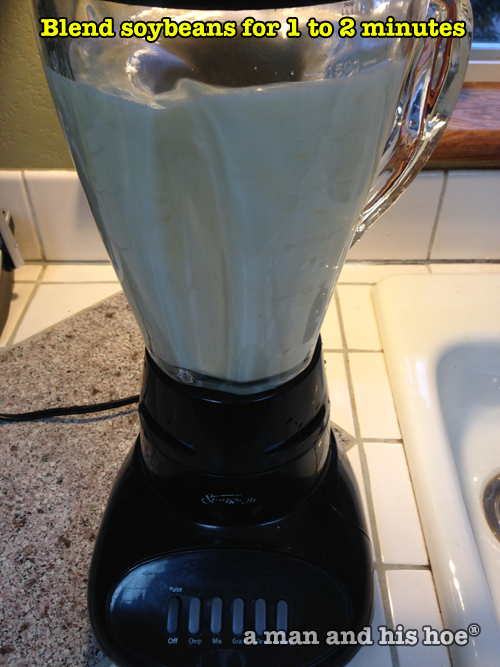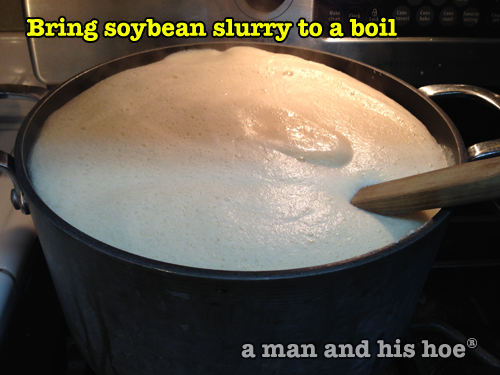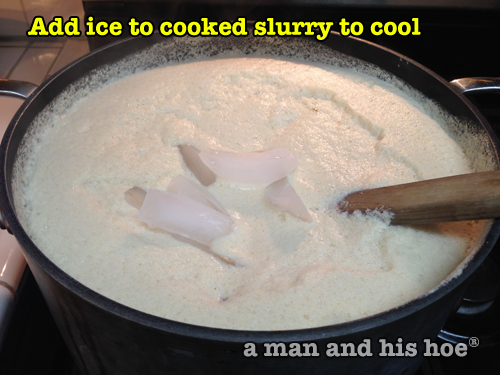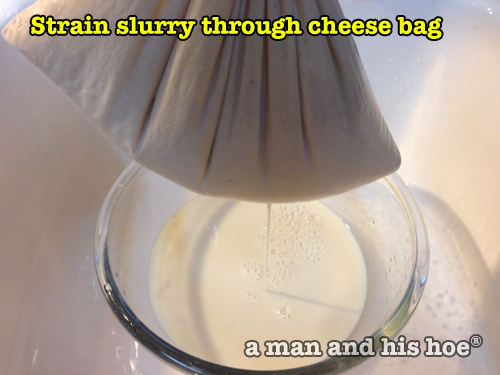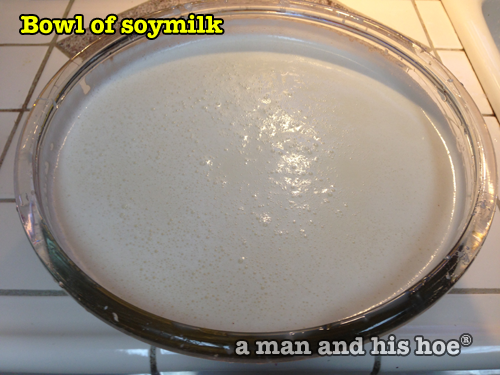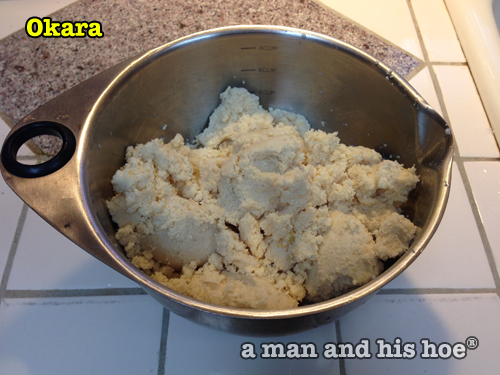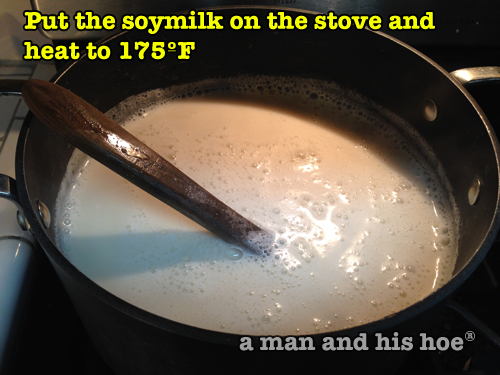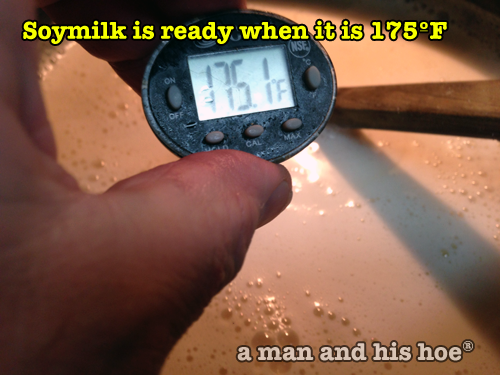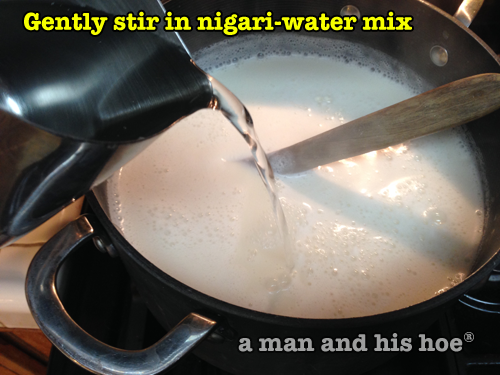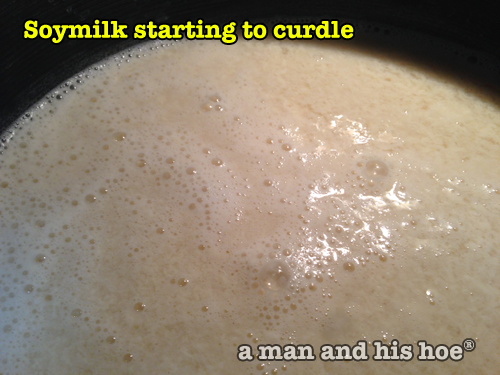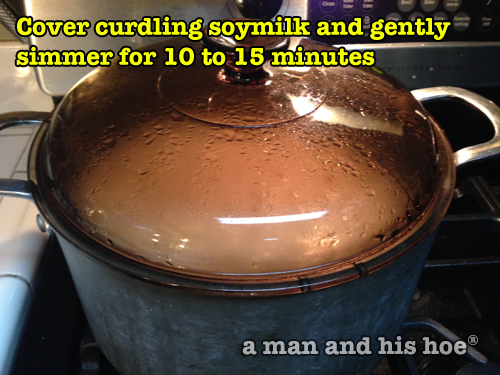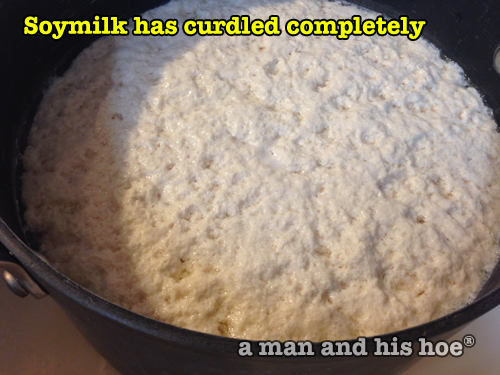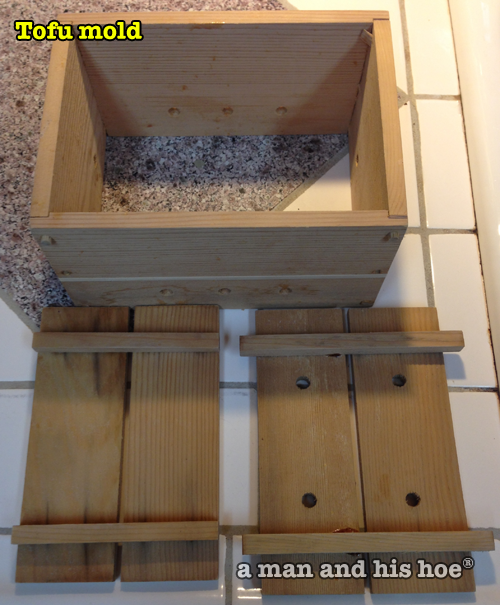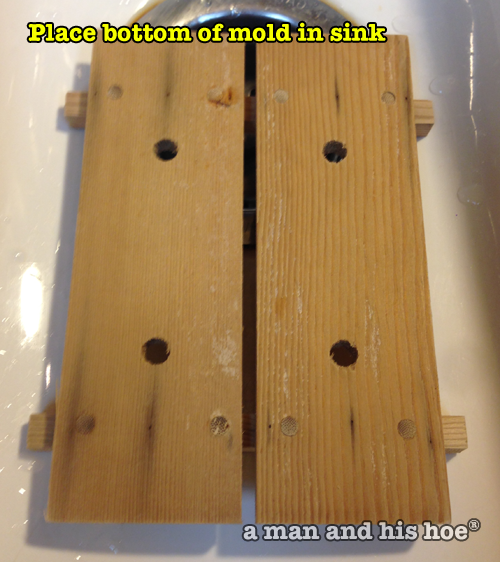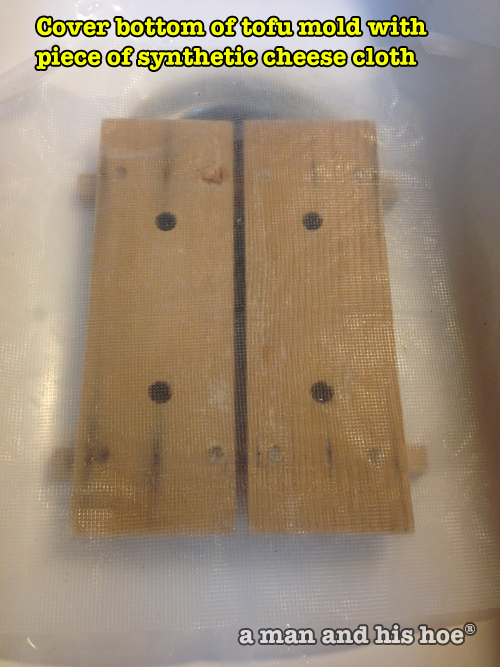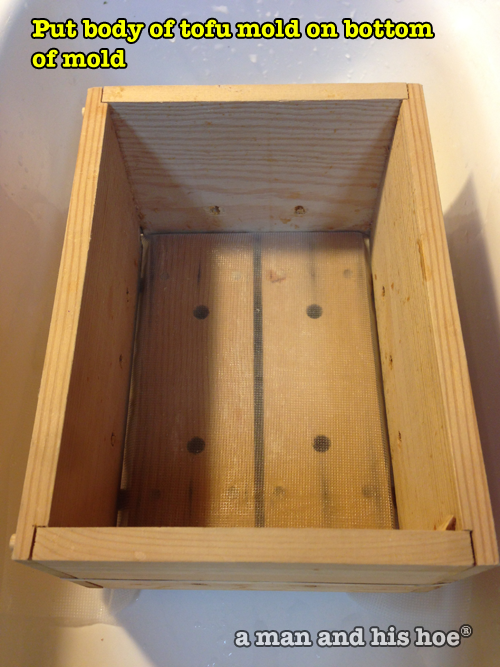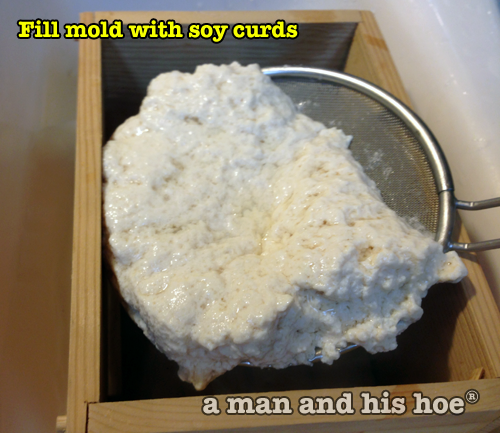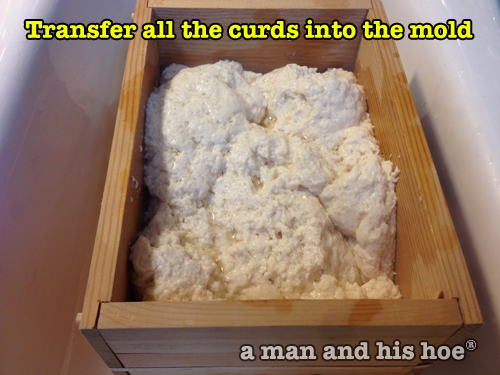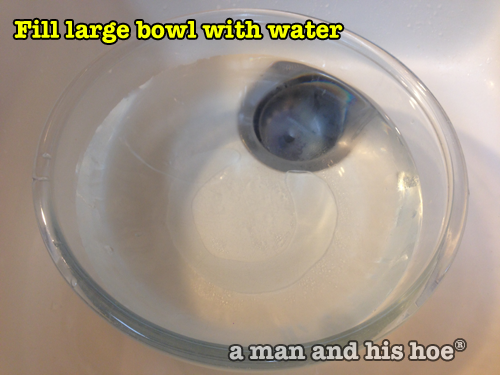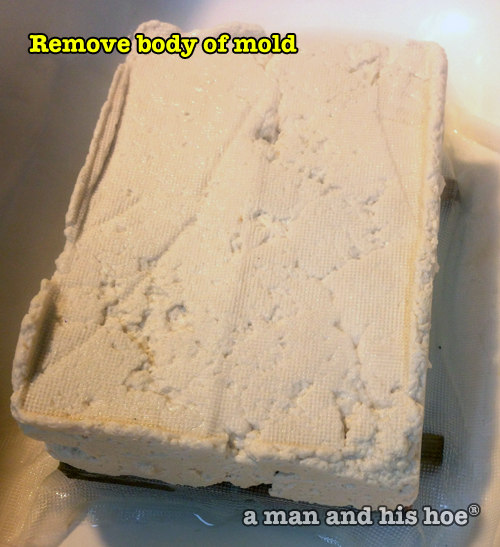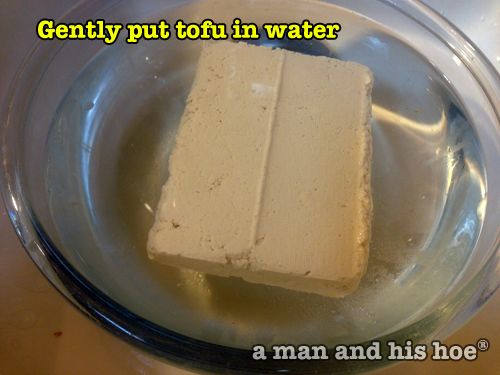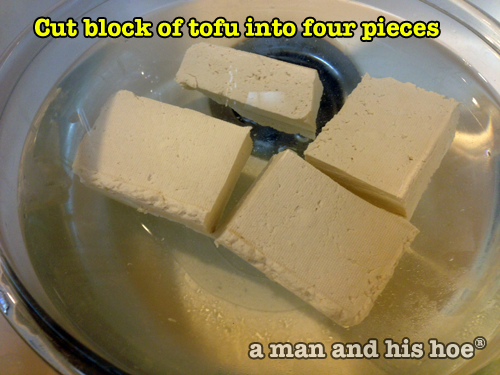This is a simple recipe with just a few ingredients.
- One whole five-month old rooster which has been crowing for no more than a month and butchered within the last four days
- One bunch of green garlic freshly plucked out of the garden – to grow a bunch of garlic, leave whole bulbs of garlic in the ground the summer before. Each garlic bulb will shoot up a bunch of slender garlic, perfect for dishes like this.
- Some sprigs of freshly picked oregano
- Sake or white wine

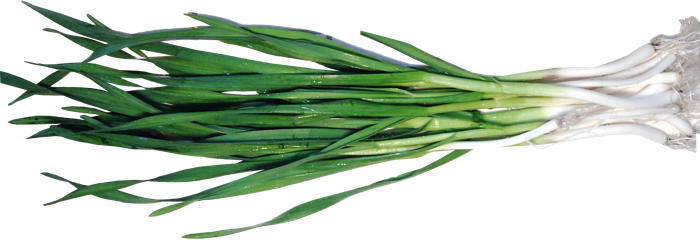
Cut the rooster into drumsticks, thighs, and breasts. Save the wings and the rest of the carcass to make soup.

The breasts should be a nice rose color, the bones a shiny alabaster. The skin and meat should have a bright, translucent sheen. The fat should be a pleasing, lemon color. The thighs will be bright red.
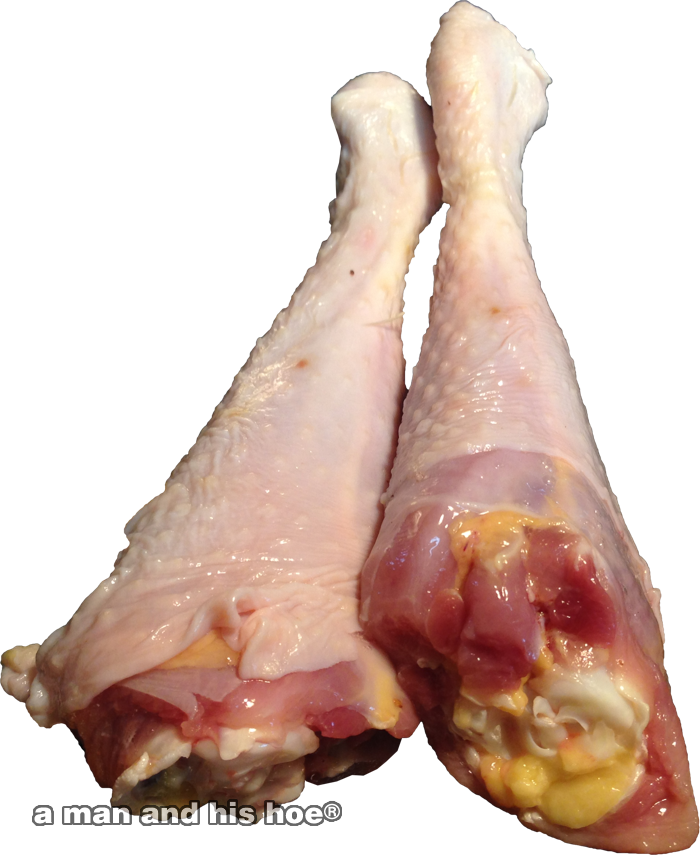

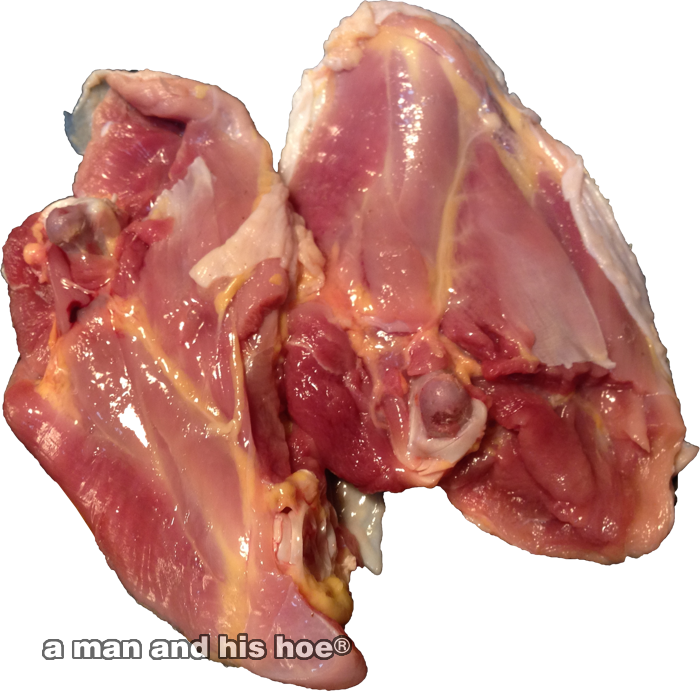
Arrange the pieces of rooster in a heavy pot. Top with the garlic and oregano. Add some sake or white wine so there is a half inch to inch in the bottom of the pot. Cover the pot and put on a very low flame. Let it gently simmer for two hours.

Out will come tender, juicy, tasty meat. Dish up as whole pieces or cut up and serve. Sprinkle with salt if you like.




